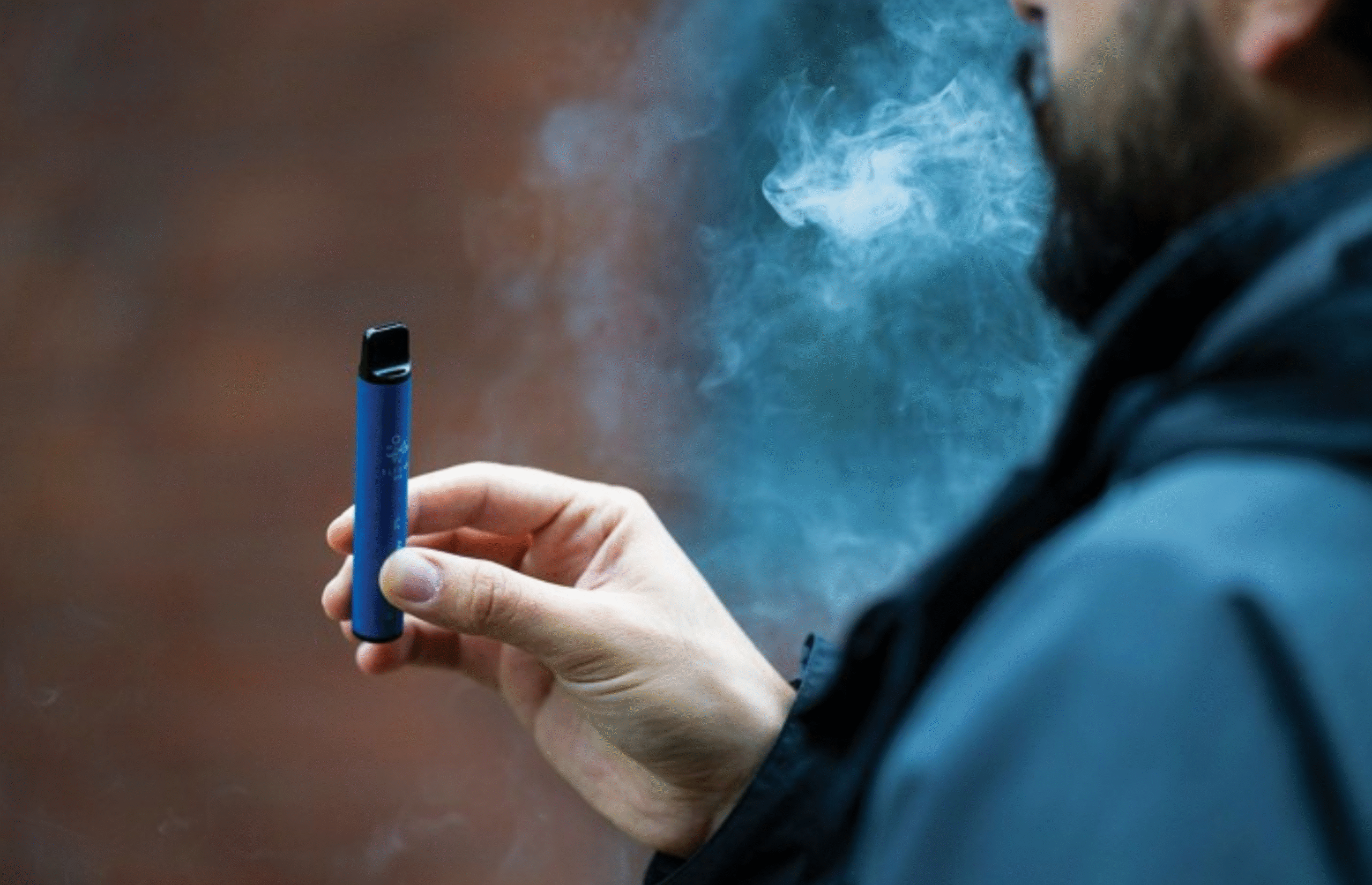Vaping: The Modern Danger Lurking Behind Flavored Smoke

An awareness blog by Healius Cancer & Hematology Clinics
In recent years, vaping has become a popular trend—especially among teens and young adults—marketed as a “safer” alternative to smoking. But behind the fruity flavors and sleek devices lies a serious health risk that often goes unnoticed. At Healius Cancer & Hematology Clinics, we are committed to raising awareness about the dangers of vaping and how it can increase your risk of cancer.
What Exactly Is Vaping?
Vaping involves inhaling an aerosol (commonly called vapor) produced by an electronic cigarette or similar device. These aerosols usually contain:
- Nicotine
- Ultrafine particles
- Volatile organic compounds
- Heavy metals like nickel, tin, and lead
- Cancer-causing chemicals such as formaldehyde and acrolein
Though marketed as “cleaner” than cigarettes, these ingredients are far from safe.
Vaping and Cancer: What’s the Connection?
Many of the chemicals found in vape liquids are known carcinogens, which means they can directly damage DNA and promote the growth of cancer cells.
1. Lung Cancer
E-cigarette aerosols contain toxic compounds that can irritate lung tissue and trigger long-term inflammation—a key factor in cancer development. Several studies have shown that prolonged exposure can alter healthy cells, paving the way for lung cancer.
2. Oral and Throat Cancer
Vaping increases the risk of oral cancers, especially due to the presence of formaldehyde and acetaldehyde. These chemicals attack the lining of the mouth and throat, just like tobacco products.
3. Bladder Cancer
Toxins inhaled during vaping can accumulate in the bladder. Research has identified some cancer-causing substances in vape users’ urine, linking vaping to an increased risk of bladder cancer.
The Healius Perspective
At Healius Cancer & Hematology Clinics, our specialists are seeing a disturbing trend: more young people developing early signs of respiratory illnesses, throat inflammation, and abnormal cellular changes linked to vaping.
We strongly advocate for early screening and preventive health education, especially among adolescents and young adults.
Vaping Myths—Busted!
- “It’s just flavored water vapor.”
False. The aerosol contains toxic and cancer-causing chemicals—not just water. - “It’s safer than smoking.”
Misleading. While vaping may have fewer chemicals than traditional cigarettes, the damage it causes is still significant and potentially long-term. - “It doesn’t affect young people.”
Untrue. Youth and teens are more vulnerable as their lungs and brain are still developing, increasing their susceptibility to nicotine addiction and long-term damage.
What Can You Do?
- Educate your children and peers about the real dangers of vaping.
- If you vape, seek help to quit. There are safe, evidence-based programs available.
- Get screened. If you’re a regular vaper, talk to our experts about early detection and health monitoring.
Prevention is the Best Protection
Your health is your most valuable asset. Don’t trade it for a moment of flavored smoke. At Healius Cancer & Hematology Clinics, we believe in empowering people with knowledge and preventive care to reduce cancer risks in our community.

